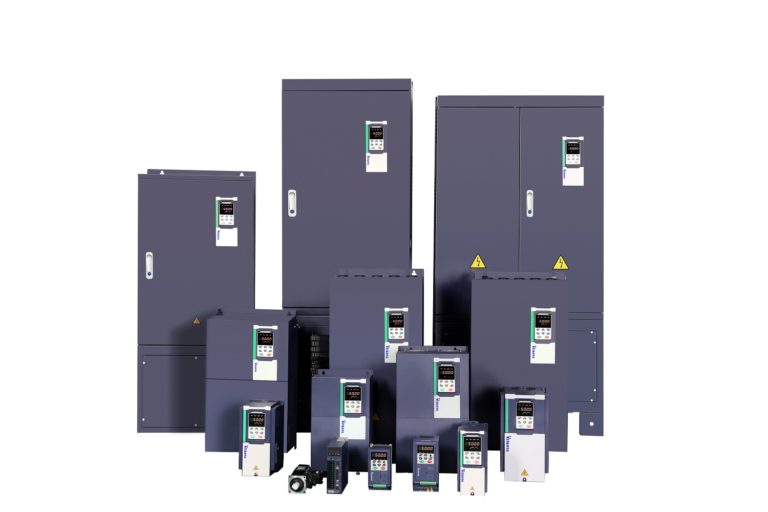In the ever-evolving landscape of building design and management, energy efficiency is a top priority. Heating, Ventilation, and Air Conditioning (HVAC) systems play a pivotal role in maintaining comfort within buildings while accounting for a significant portion of energy consumption. To address this, the integration of 3-phase Variable Frequency Drives (VFDs) in HVAC systems has become a game-changer, revolutionizing energy efficiency in commercial and residential structures.
Understanding the Basics: What Are 3-Phase VFDs?
Before delving into their application in HVAC systems, let’s revisit the fundamentals. 3-phase VFDs are devices that regulate the speed and torque of electric motors by varying the frequency and voltage supplied to them. In simpler terms, they control the output of HVAC motors, like those driving fans and pumps, in response to the heating and cooling demands of a building. VFD drive manufacturers are now producing specific 3-phase VFDs that help to efficiently improve the overall functioning of HVAC systems.
How 3-Phase VFDs Enhance HVAC Efficiency?
- Variable Speed Control: Traditional HVAC systems often operate at fixed speeds, consuming a consistent amount of energy regardless of the load. 3-phase VFDs, however, adjust motor speed in real-time, matching it precisely to the building’s current requirements. This “smart” approach significantly reduces energy wastage.
- Soft Start and Stop: VFDs facilitate smooth and gradual motor starts, eliminating the power surges associated with direct-on-line starting. This reduces stress on equipment, extends motor lifespan, and lowers maintenance costs.
- Improved Precision and Zoning: 3-phase VFDs enable precise control over air and water flow rates in HVAC systems. This allows for zoning, where different areas within a building receive varying levels of heating or cooling as needed. It’s a boon for large structures with fluctuating occupancy or usage patterns.
- Energy Savings: The energy savings achieved with 3-phase VFDs can be substantial. By dynamically adjusting motor speed, these drives can yield energy savings ranging from 20% to 50%, translating into significant cost reductions for building owners.
- Enhanced Comfort: Variable speed motors ensure a more even distribution of conditioned air, leading to improved comfort levels for occupants. Temperature fluctuations and drafts are minimized, resulting in a more pleasant indoor environment.
Applications in HVAC Systems
- Air Handling Units (AHUs): 3-phase VFDs control the motors driving the fans in AHUs, enabling precise airflow adjustments to maintain the desired temperature and humidity levels.
- Pumps: VFDs regulate the speed of pumps circulating hot or cold water in HVAC systems, optimizing water flow rates and temperature control.
- Chillers and Compressors: For larger HVAC systems, VFDs can be used to modulate the operation of chillers and compressors, further improving energy efficiency.
The Bottom Line: Benefits for Building Owners
Building owners and facility managers stand to gain immensely from integrating 3-phase VFDs into HVAC systems:
- Lower Operating Costs: Reduced energy consumption translates to significant savings on utility bills.
- Extended Equipment Life: Soft starting and stopping mechanisms reduce wear and tear on HVAC components.
- Sustainability: Lower energy usage aligns with environmental goals and reduces a building’s carbon footprint.
- Occupant Comfort: Consistent temperature control enhances the well-being of occupants, improving productivity and satisfaction.
Conclusion:
The integration of 3-phase VFDs into HVAC systems is a win-win for both building owners and the environment. By optimizing energy consumption and enhancing comfort, these innovative drives are at the forefront of the quest for energy-efficient and sustainable building management. As the world places greater emphasis on green construction and energy conservation, 3-phase variable frequency drive manufacturers are set to play an increasingly central role in the HVAC systems of the future with their advanced products.

